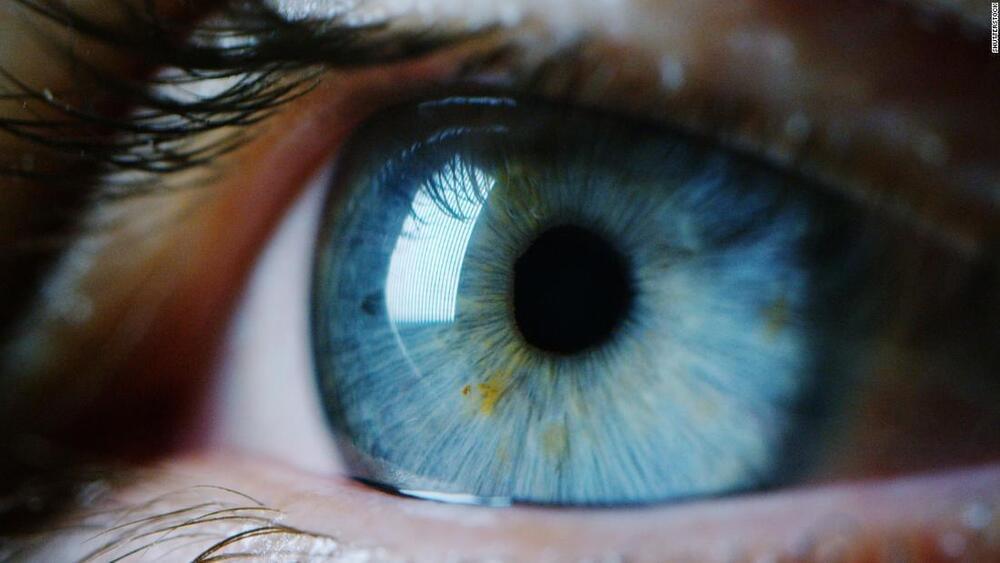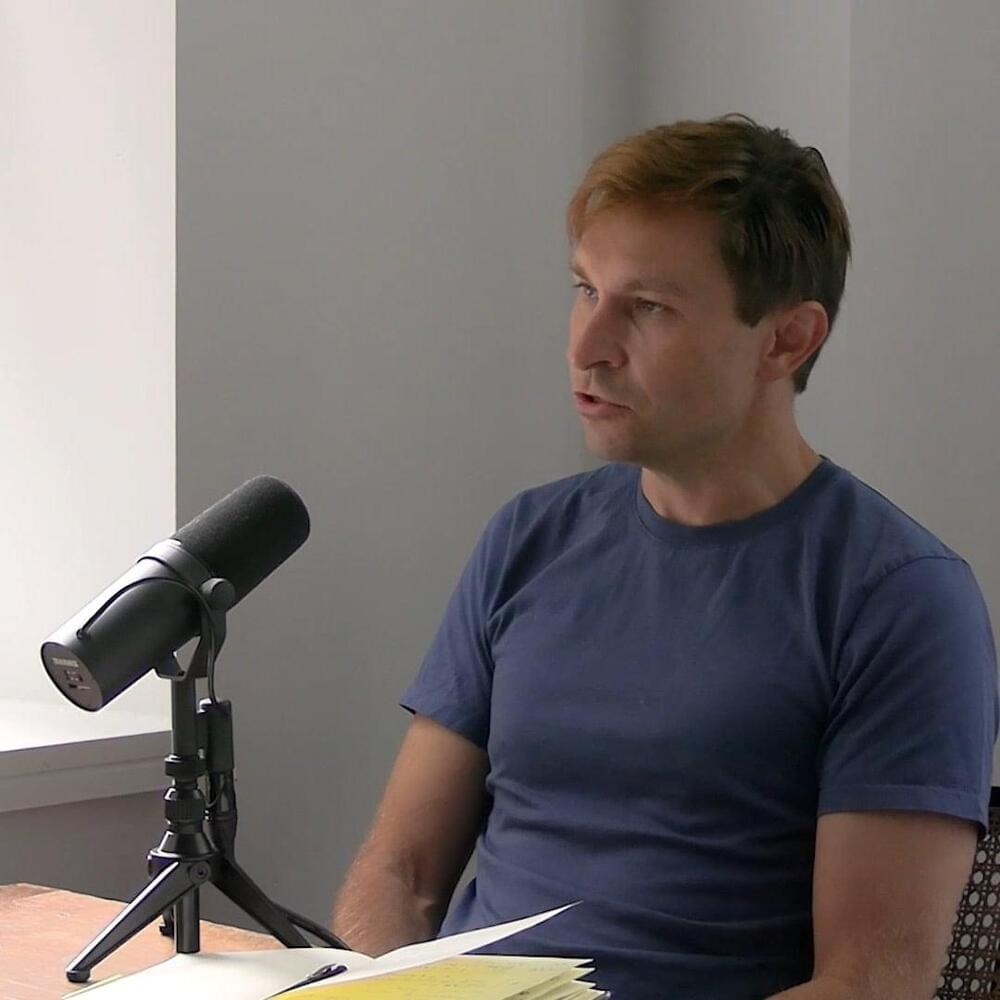Jeff Bezos has backed anti-aging startup Alto Labs, which has recently hired former chief scientific officer of GlaxoSmithKline Hal Barron as its CEO.



https://www.google.com/amp/s/amp.ft.com/content/2b869472-…28788e8dd4
“GlaxoSmithKline’s chief scientific officer Hal Barron will step down in August as he moves to lead a Silicon Valley anti-ageing start-up, dealing a blow to the pharma group as it races to rebuild its pipeline of drugs.”

Link: Big Pharma loses top scientist to anti-aging research.
GlaxoSmithKline’s chief scientific officer Hal Barron will step down in August as he moves to lead a Silicon Valley anti-ageing start-up, dealing a blow to the pharma group as it races to rebuild its pipeline of drugs.
Hal Barron, a veteran drug developer, helped shape GSK efforts when some shareholders raised concerns that chief executive Emma Walmsley’s lack of a scientific background was a hindrance. He will be replaced by internal candidate Tony Wood.
Barron is leaving GSK to take up the top job at Altos Labs, a start-up reportedly backed by billionaires including Amazon founder Jeff Bezos. He will remain on GSK’s board as a non-executive director and continue to provide scientific advice.

Google has been developing what is perhaps the company’s most ambitious project to date: a science startup that will pursue ‘solutions for aging’ with the intended goal of “solving death”.
Calico, a company directed by futurists to explore the concept of “singularity”, has partnered with pharmaceutical giants to research and trial new market drugs that target aging and development.
What is this new audacious project? Who is behind it? In the following feature, Ethan Nash explores.



The latest episode of the Huberman Lab Podcast is all about the aging process and how to slow, halt or reverse it. My guest is Dr. David Sinclair from Harvard Medical School.
We discuss:
• Epigenetics.
• Fasting, breaking fasts.
• Nutrition, artificial sweeteners.
• How puberty impacts aging.
• Resveratrol, caffeine, electrolytes.
• NAD, NMN, Metformin, Berberine.
• Specific supplementation protocols.
Culinary Herbs & Spices For Health, Wellness & Longevity — Dr. Hamed Faridi Ph.D., Executive Director, McCormick Science Institute
Dr. Hamed Faridi, Ph.D. is the founder of Faridi Strategy Group LLC and serves as the Executive Director of the McCormick Science Institute (https://www.mccormickscienceinstitute.com/).
Hamed is renowned as an innovative food industry leader, business executive, strategist, and board director. He is a visionary leader who conceives and implements innovative approaches — often using technology — to create and sustain business growth in the highly competitive food manufacturing industry. Hamed is known as someone who creates “momentum” and superior customer intimacy.
Hamed is a sought-after consultant and frequent industry speaker with valuable perspectives on the food industry and the “future of food”. He has a reputation for developing strong and trusting relationships with CEOs, executive leaders, industry peers, and board directors. He is considered an effective communicator, a good listener, and a team-mate whose insights are valued. He has significant experience in the technology, health care, and food / flavor industries.
Hamed has served on boards of directors of several organizations including Maryland University of Integrative Health, St. Joseph Medical Center, and the International Association of Cereal Chemists. He has been a director and president of both the Flavor & Extract Manufacturers Association and the American Association of Cereal Chemists. He has served on the partnership committee of a McCormick joint venture and on the advisory boards of the food science departments of four different universities.

Although multimorbidity differs for each person, we know that patients tend to suffer from the same groups of diseases — known as “clusters”. This suggests that each cluster may share a common underlying cause. For example, a person with multimorbidity may suffer from heart problems (such as heart disease and high blood pressure) and diabetes, which may all stem from the same cause — such as obesity.
Identifying and treating the cause of a patient’s disease clusters would allow us to more effectively combat several — or even all — of the diseases a patient has using a single treatment. This would both reduce the number of medical appointments a person needs to attend and the number of medications they may need to take.
Ageing is the single biggest risk factor for developing multimorbidity.
2 big points from this. 1. Plasma dilution does reverse aging but a bit and the next question will be can it be done over and over to make you younger in steps. 2. She mentions wrapping up human test results and hopes to give the results at some point.
At the EARD 2021 conference, Dr. Irina Conboy discusses the rejuvenating effects of plasma dilution in old mice. Dr. Conboy also explains why she believes that the path of rejuvenation is through tissue maintenance and repair, not preventing tissue damage.
ALSO WATCH
▀▀▀▀▀▀▀▀▀▀▀▀▀▀▀▀▀▀▀▀▀▀▀▀▀▀
Why Are Old People Taking The Blood Of Young People?
https://www.youtube.com/watch?v=iRPELAaHW9w.
FOLLOW US
▀▀▀▀▀▀▀▀▀▀▀▀▀▀▀▀▀▀▀▀▀▀▀▀▀▀
https://www.lifespan.io.
https://www.facebook.com/lifespanio.
https://www.instagram.com/lifespan.io/
▀▀▀▀▀▀▀▀▀▀▀▀▀▀▀▀▀▀▀▀▀▀▀▀▀▀